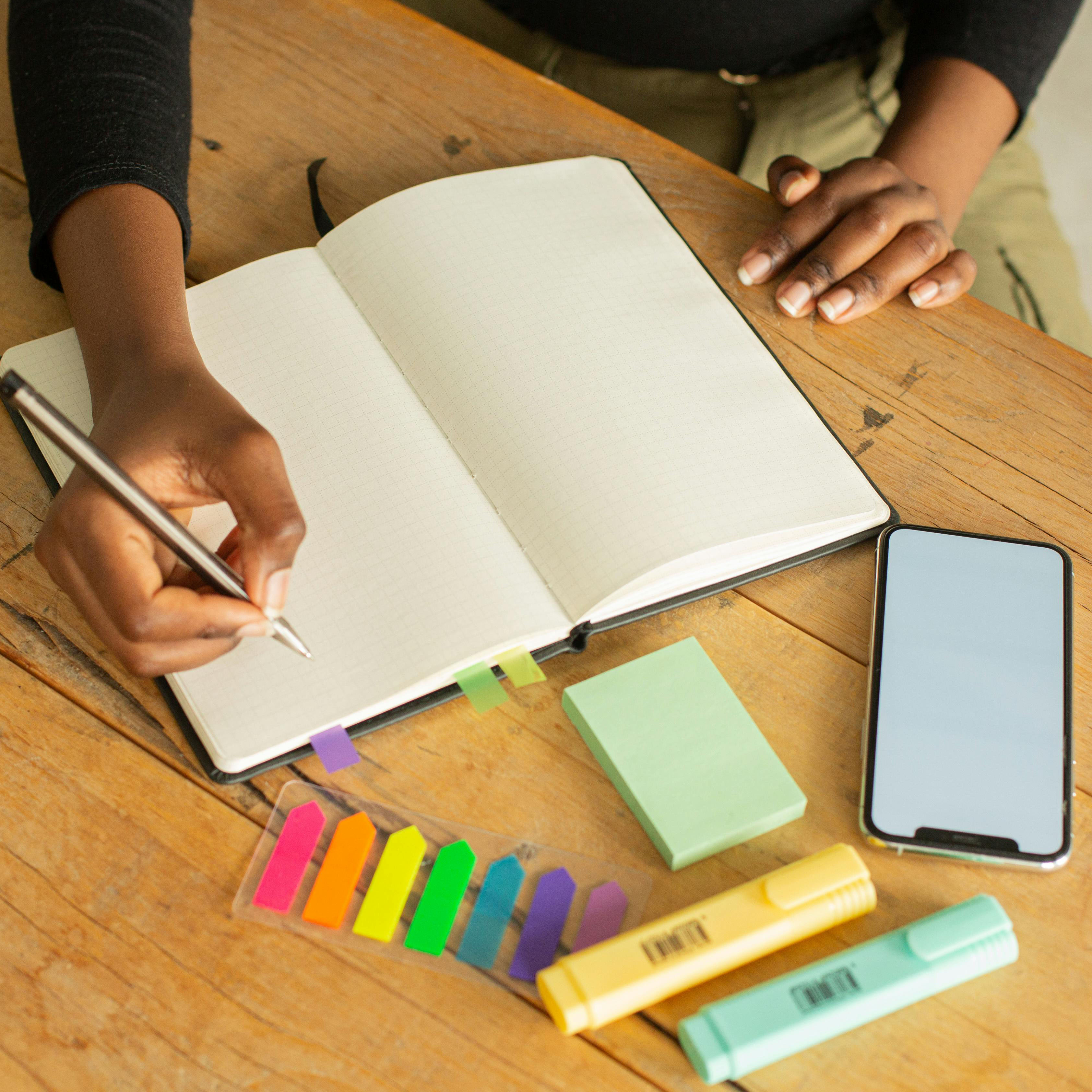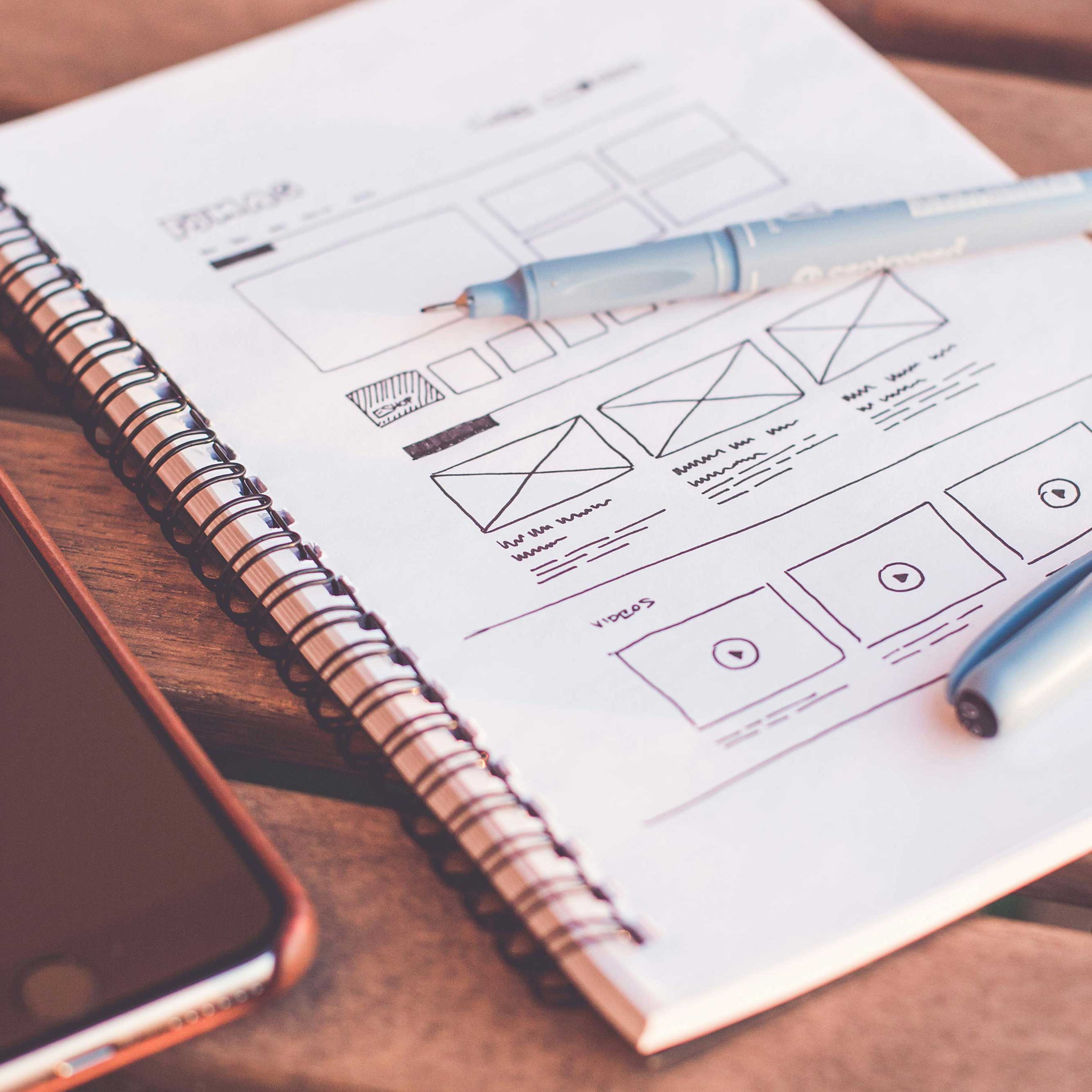UX Best Practices to Design an App Users Will Love
Success in the world of app creation depends on sustained engagement. Without it, even though you may attract thousands of users initially, you’ll...
6 min read
Written by Shawn Parrotte, Jan 10, 2017

Think about how it feels to use your favorite mobile app.
It’s easy. It’s intuitive. You flick, tap, and swipe with ease. And really, do you even have to use your brain at all? Probably not. Everything just works.
On the other hand, when an app isn’t easy and intuitive, it feels like a confusing, frustrating mess. The app literally gets in its own way! This can spell death for a newly released app. Today’s mobile users have little patience for learning the quirks of unintuitive navigation, buggy features, or obtrusive design.
How do these designers and developers make it feel so simple to use their app? So effortless that you don’t even have to think, you just know what to do without having to learn what to do. Well, it’s most likely the result of the seemingly esoteric practice known as User Experience Design (UX).
Let’s get to know a little bit about UX. That way, when you’re developing your app, you can know about how to think about your users, what they think about, and some of the processes involved in designing for them. If you want an app that feels as smooth as the one’s you use every day, you should invest the time and energy into a solid UX plan.
User Experience is concerned with the development of pleasing and engaging interactions between a product and its user. The key difference between UX and Product Development, in general, is that UX is largely associated with digital products. UX itself wasn’t really a field of study until software came along. After that, we had to learn how people interacted with computers, devices, and the applications they’d run.
You might be thinking that UX is a just a meaningless catch-all term. Isn’t “experience” pretty broad? The fields that User Experience touches are somewhat contested and, yes, can span quite a few areas. Fields like Information Architecture, Interaction Design, Usability, Visual Design, and User Journeys are all part of the UX equation.
For smaller teams, or solo devs, UX is one step among many in the application design process. But for much larger organizations, it can be an entire department, fitted with professionals from many backgrounds and in-house facilities to do what UXers do – study people.
The end result of good UX design is a happy user. And the fundamentals include building reliable features, easy to use navigation, and intuitive functions. In addition, innovative companies aim for a delightful experience with fun, but non-intrusive surprises along the way. A successful user experience design is achieved by anticipating, accounting for, and exceeding a user’s expectations.
While UX is usually thought of as the stuff surrounding the product, it can also be broadened to the holistic experience. The experience of all the potential contacts with the product over time and across mediums. For example, if the experience of a web app is different than the experience of a mobile app from the same organization, the inconsistencies between them may cause confusion or frustration.
Let’s take a broad look at designing user experiences. Here we can learn how to start this process for your app so you too can have happy users.
Like many things in life, the UX process is both an art and a science. In the first stages, you’ll be researching and creating hypotheses. In the second half, you’ll be crafting the pieces that make up the “experience”. If you want to be thorough, you may go back to the research stage and do it all again – maybe even a few times.
In this post, I want to highlight the first stage – user research. In the next post, we’ll dig into the designing and testing phases.
The best UX design is steeped in research. It’s the foundation of the UX process. It’s here where the UX design journey begins, where you want to circle back to again and again. It maybe even where you create your breakthrough product idea.
You may ask, “what kind of research are we doing?” The aim is to learn as much as possible about your target audience. The people who you want to reach – and help – using your app. Unless you’re a part of your target audience, you’ll have to discover their needs and wants, their pain points and how to solve them. Even if they can’t recognize them themselves.
User research can, in fact, affect your whole product strategy. Without thorough UX research, your digital product launch may just be shooting in the dark. It’s a safeguard against designing the wrong features, the wrong interactions, or the wrong product.
If you skip this kind of research, and end up building the product anyway, you may be burning through cash only to discover later that different features, different navigation, graphic design – or something else – could have been better.
Here are 9 common techniques and tactics for UX research:
There’s no better way to understand your users than to get to know them in their own environment. While it’s possible to do it in real life, it’s really difficult. But you know what’s easy? Spying on them online! Participate in the communities your target audience hangs out in so you can see firsthand what kinds of problems they bring up again and again. Plus, you can also get a feel for how they think and what their main concerns are.
Surveys go a step further and ask your audience directly what their habits, their wants, and their needs are. It cuts to the chase. Here you can be strategic or tactical. Or both! Strategic surveys are for learning about your target audience. Tactical ones are for asking which features you should add to your product. Take the time to craft good questions that are easy to answer. Also, be considerate and don’t ask too many questions. It’s easy for participants to get exhausted and “phone-in” answers if you have many.
One-on-one interviews have a valuable place in UX research, but it’s not really a scalable activity. It’s difficult to get a large sample size of people for accurate data. But why not some more qualitative data about your app? Interviews are a great option for asking the deep questions about what they’re habits are and what problems they’re facing. Here, open-ended questions work best. If you can, get a version of the product into the hands of a real member of your target audience once you have something to show them.
Focus groups are tricky. You get to learn what a large number of people think about your app or idea. But, to get to that place, you need to figure out to get people to share their honest feelings without being affected by the group dynamics. Have a clear strategy about what you want to share (and learn) from the group so you can create a smooth and productive experience. Select your participants carefully, plan a number of key questions you will pose, make sure to leave enough space for input from the group, and keep things simple for everyone.
Here, you may want to invite a key stakeholder, or a member of your target audience, in the room with you to do some whiteboard sketching. Collaborate together on what problems your target audience has. Come up with solutions to those problems together. This may reveal new insights into how to build your digital product. Help them through the process of designing so you can see how they think. Allow them the freedom to create and see where connections lie, to make their own design decisions, and to put themselves in the shoes of their peers.
This is another tried and true technique that can show you how your target audience thinks. For this exercise, write down the discreet elements that make up your application and ask your participants to organize them in groups that make the most sense to them. This will improve the grouping and organization of the screens of your app by understanding the mental models of the people it’s made for. You may find some surprises in how they view the content you want in your app, which will influence the wireframes you create for testing.
Wireframing is outlining how each screen should look and mapping out the main workflows between them. These are the “UX patterns”, how various data in your app is displayed, and how a user navigates around the app. These are not the full fledged designs, just simple sketches to get a feel for how everything would eventually look. There are a wealth of wireframing applications that can help you create these. Some new and more advanced ones can actually make your wireframes interactive, creating animations and screen flows.
If you’re not so tech inclined, or on a time crunch, why not just get down and dirty right away? The easiest way is to do some wireframing on paper. Sketch the outline of how each screen may look, organize your screens to understand how they flow from one to the next, and show them to some people in your target audience to understand if the screens and user flow are intuitive. Invite them to participate in sketching out screens too.
Thinking about the holistic view of UX and your brand, you may want to consider mapping out the customer journey from the beginning of their connection with your company to various endpoints you’ve set up for your users. This is done through “journey mapping” – a compact visualization of the end-to-end customer experience. And because, as a whole, people’s attention have become short and fragmented, they will likely take more than one interaction with you to complete some of the major milestones. Journey maps help identify how a customer may feel at certain points along these paths. If done well, they help prioritize areas that need further investment in good UX design.
As more and more companies invest in UX design practices, consumer’s expectation keep growing. We as consumers expect things to just work, and we’re moving towards expecting our apps to anticipate our needs. For example, when Facebook’s mobile app tells you the weather, or greets you and prompts you to have a good day, we can’t help but feel appreciated. Think about the ways you could surprise your users with exceptional experiences to create an emotional connection. Because that’s how you win the app game.
Now that you understand how important research is in the UX design puzzle, in part 2 we’ll look at how to design and test the user experience of your app so when you go to build the full version, you can know that it will succeed with your target audience.
Subscribe to our newsletter.

Success in the world of app creation depends on sustained engagement. Without it, even though you may attract thousands of users initially, you’ll...

Launching a new app? Avoid costly launch delays and ensure a successful app rollout with these 7 essential steps.

If your app-based startup is going to grow, you must attract and retain users. One estimate puts the average retention rate for mobile apps at just...
Post
Share